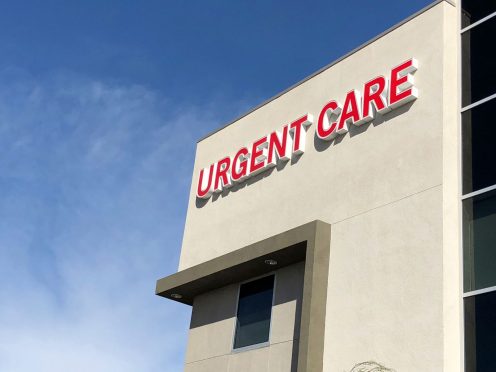Before leaving for the beach, make sure you’ve packed your beach towel, suntan lotion, food, drink and anything else you need for a day at a state park or public swimming area on Long Island Sound. Then check the water quality to make sure the beach is open.
Last year, the state Department of Public Health reported five cases of infections caused by vibrio vulnificus, otherwise known as a flesh-eating bacteria, in Fairfield, Middlesex and New Haven counties. This bacteria is usually associated with eating raw or undercooked bacteria, but it also can enter the body through an open cut in salt or brackish water. Vibrio vulnificus can cause a serious infection, possible amputation or even death.
But that’s an extreme example, with about a dozen infections reported in the state in the past decade. But the same precautions still apply to more mundane bacteria such as E. coli that force beach closures each summer.
“The concern is that if you should be the water, it’s very common for us to fall, get a scrape, get a cut in our knee or hands, our feet with high bacteria counts,” says Dr. Anuj Vohra, Medical Director of Emergency Services at Charlotte Hungerford Hospital in Torrington. “The bacteria can enter our skin and cause some pretty nasty cellulitis, which is a skin infection. If left untreated, it can lead to sepsis and bloodborne pathogens.”
The state Department of Energy and Environmental Protection’s Water Monitoring Program tests water samples each week at all swimming areas owned or operated by the state. Indicator bacteria levels predict possible contamination from fecal material. Blue-green algae, or cyanobacteria toxin, levels are also monitored at all state-owned swimming areas and boat launches.
Any beach closures are determined by DEEP and the state Department of Public Health. Look for the State Swimming Area Water Quality Report here, updated every Friday afternoon or again starting Mondays, or call 1.866.287.2757.
Save the Sound, a nonprofit organization, gave A or B grades for water quality to more than 79 percent of the 200-plus Long Island Sound beaches in Connecticut and New York in its 2021 Long Island Sound Beach Report released last month. The organization attributes most water pollution issues at state beaches to rain, which includes stormwater runoff or sewer line overflow.
Even with beaches open, always consider the possibility of a bacterial infection.
“You want to watch out for an nicks or breaks in the skin that may seem to have any pus in them or redness around them,” says Dr. Vohra. “If you have any fever, chills, nausea or generalized weakness, these signs that you may have incurred an infection. It’s very common.”
And if you swallow water?
“If you’re having any nausea or abdominal pain or discomfort altogether or just not feeling right,” he says, “these are signs you may have a bacterial infection. I’d suggest you see your primary care doctor. If you’re feeling very unwell, come in to one of our Emergency Departments.”


